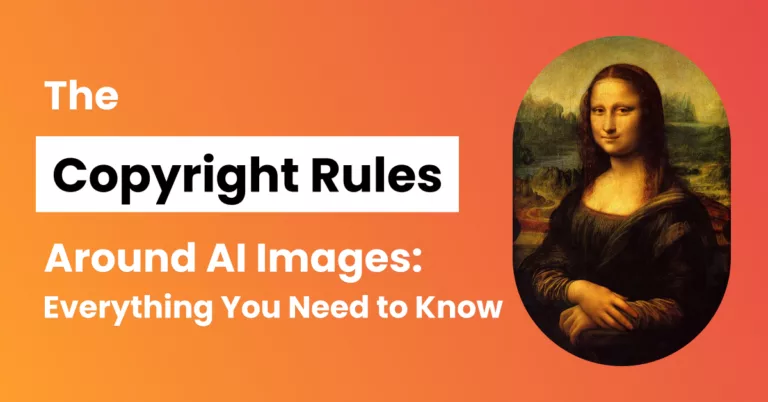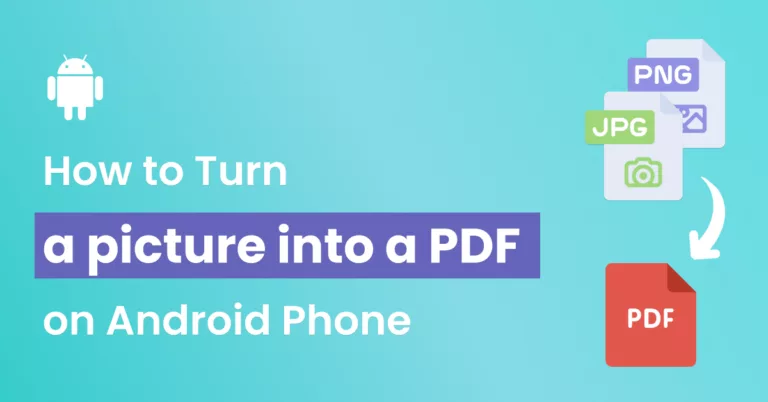As NFT prices crashed in late 2022, a quiet revolution was taking place, and soon projects like MoonBirds had a commercial change of heart, announcing that they would offer their assets under a CC0 license. All the assets would become part of the public domain, making it so that anyone could build upon them by creating derivatives, or even selling merch. MoonBirds had to deal with backlash as the move had far-reaching consequences on commercialization rights allowed to owners. Some owners were in the middle of negotiating monetization deals that would see them profit from the popularity of the franchise.
The freedom to do as you please with CC0 NFTs has drawn many discussions on the topic with creators wondering if they are good or bad, if they can still make money from public domain NFTs, or whether they should choose the license for their projects. This is only the intro so keep reading for answers to your most troubling CC0 NFT questions:
How Licensing Has Predominantly Worked With NFTs
A primal human instinct is to want to protect what’s ours, —a piece of fish we hunted down at the creek, a boar we took down, a woman we love, etc, etc. But the intention of copyright law was not to really restrict and prohibit, but to play at the need for ownership by assuring creators protection of their work and thus encouraging them to create more —knowing that someone would not unfairly capitalize on their work. As such, copyrights expire following 70 years after the creator dies, and it used to be much shorter.
Even before cc0 caught on, NFT artists recognized that they could not take the hardline stance of traditional copyright laws that lock down most rights. There has been a need to balance between protecting their ingenuity and allowing users more freedom.
The popular NFT Licence from Dapper Labs, utilized by projects like Cryptokitties and many others, has sought to provide this middle ground by giving users permission to use art for their own personal use, and allowing them some commercial rights. For instance, owners can use the art to commercialize their own merchandise, provided that they are not earning more than $100,000 in revenue every year. The artist retains some safeguards as the art must not be modified or derivatives created from it. Users can’t use the art alongside images that glorify hatred, violence, or any other inappropriate behavior.
Assigning varying levels of usage rights to music or images is not something new. Royalty free images and music follow a similar structure, where commercial use may be allowed, but artists retain other limitations like prohibiting remixing.
Every other project can come up with its own licensing agreement. Yuga Labs decided to remove revenue caps for the Bored Ape Yacht Club, a move seen as revolutionary.
What Is a CC0 NFT?
CC0 stands for Creative Commons Zero, and it’s a Zero at the end not an O. It’s one of the six different CC licenses offered by the Creative Commons Organization established in 2002.
If a creator applies the cc0 license to their work, it means that they have relinquished all their copyright protections and their work is now in the public domain. Any person has the right to copy and distribute the art in any medium or format for personal or commercial purposes without any attribution to the creator.
The cc0 license can’t be revoked after being issued to users. As long as the creator has communicated that they have made their art cc0, someone who comes across the art automatically assumes the rights bestowed upon them.
Okay, but what if they don’t own the NFT in the first place? Even if someone doesn’t own the NFT, they can still copy it and use it for any purpose they see fit with no restrictions.
With the freedom for anyone to do as they please, does that mean that cc0 NFTs are worthless? No, and NFTs have gone through this battle before, —where the question was why pay for an NFT when you can access it any time, share it, or save it from the internet.
The answer is and forever will be, NFTs are digital tokens that act as a certificate of ownership and authenticity. So, there could be a million versions of an open-source NFT art, but only one person with proof that they actually own it and that proof is recorded as part of the blockchain.
It’s another way of saying that the asset is not the NFT and the NFT is not the art.
If you want to use cc0 images in your project, we have an entire article on how to find CC images with varying permission levels and attribution requirements.
Why NFT Creators Are Going cc0
When Kevin Rose announced that MoonBirds and Oddities were moving to the public domain, he shared some pretty good reasons in his Twitter thread. And since we are talking about why creators are going cc0, let’s reiterate the logic behind his decision here, knowing full well that it was a bold decision that had far-reaching ramifications.
Reason 1: Keeping up with the spirit and promise of web 3
Web3 offers the chance to pause and reevaluate old structures that have had a strong hold. The time is ripe to adopt new principles that bring more inclusivity and openness to the web.
Reason 2: Rising beyond creative limitations and restrictions by creating a neutral platform
Just as ethereum provides a neutral platform where anyone can build upon it without any restrictions, Kevin Rose envisions the same for NFT art, allowing projects to become neutral platforms where anyone can creatively remix the work giving rise to more massive ecosystems and adaptations.
Just to note, some creators are merely jumping onto the cc0 bandwagon to popularize their projects, as it’s a trendy mark. They are not doing it for any honor or candor.
Why Are the CC0 NFTs Important?
The genius of cc0 NFTs is that it allows creators to willingly waiver all the restrictions assured by traditional intellectual property laws. They remove themselves from the need to restrict what people can and cannot do. And this is not a bad thing, as their characters and ideas have the potential to become something more. Entire worlds can rise and fall. The public can find entirely new ways to build revenue streams and push the boundaries of what’s possible.
If the creators don’t have a say on who can use the work or in what way, is their art still valuable? And in lieu of cc0 NFTs, is there any point to collecting them?
Making something open source means that there can be more derivatives, and each derivative bills on the popularity of the original collection. The first versions of an open source NFT can be incredibly popular, rare, and hence very highly-valuable.
Holders of cc0 NFTs can continue participating and supporting projects that are dear to them. They join membership groups that come with extra perks. For instance, MoonBirds NFT owners still enjoy access to exclusive perks by nesting their birds as it signals their commitment to the project. Creators of the project are still party to 5% of commissions on every secondary sale.
Recognising that the instinctual need to protect and profit may never go away, cc0 NFTs are introducing a different narrative by demonstrating that creators can still prosper in an environment with less restrictions and control.
The NFT technology provides the mechanisms of establishing ownership, and authenticity, and allowing the transfer of value.
As a note, some NFTs are in fact computer or AI-generated. It’s not so clear-cut who owns the rights to such images or if they can be copyrighted in the first place.
Should You Choose a cc0 License for Your NFT Project?
Publishing your NFT project is not for everyone, and can, in fact, harm your long-term goals as a creator.
When to choose cc0 license
You should choose cc0 only if you want to take a hands-off approach and allow anyone to build upon the project without fearing about the direction that it could take. It can be an experimental approach, and a likely decision if you don’t have an exact idea of where the brand should go. It can also work if you’re trying to build a neutral platform with unlimited possibilities thus demanding more resources and time than you can provide.
When not to choose cc0 license
You should not choose cc0 if you are out to build a strong brand with a clear vision of where it needs to go, or the audience group it needs to appeal to. For instance, it can be detrimental for a brand like CoolCats that is very family friendly to allow anyone to do as they please with their IP. Disney is witnessing first hand what can happen once characters enter the public domain following the release of a horror sequel based on Winnie the Pooh. It casts the family-friendly character as a deranged bear on a bloody and murderous quest.
CC0 NFTs have other cons. You can’t take back control after relinquishing it. Holders may face some headwinds when trying to monetize their property. cc0 NFTs are not exactly known to be of high quality. Anyone can use the NFTs for shady uses like promoting hate speech and violence. We are also too early into the CC0 NFT odyssey, and it could be a couple of more years before it’s truly known that it was the right decision.
Examples of Successful cc0 NFTs
Looking for examples of successful CC0 NFT projects? Here are some projects that have made a splash:
Goblintown.wtf
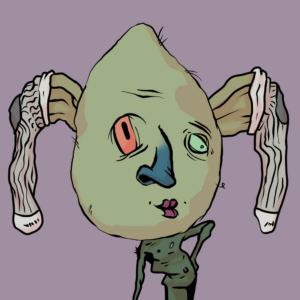
Launched on May 19, 2022 as a free mint, the collection features 10,000 NFTs of grotesque goblins. Its popularity has grown due to increased speculation of who is behind the project and their motivation. Some think the team were trying to parody the NFT hype and others hold that it was for creative fun expression.
Nouns
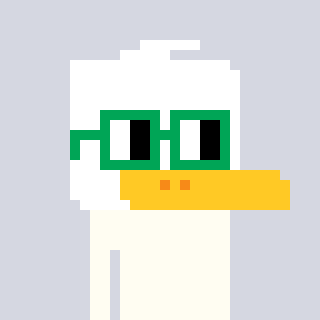
Nouns NFTs are pixel avatars of people, places, and things with one noun set to be generated per day in perpetuity. The Nouns NFTs project runs as a decentralized autonomous organization (DAO) with a treasury that receives 100% of proceeds from each auction. Funds will be spent on funding ideas and fostering collaboration. Noun holders can take part in governance by voting on proposals.
CrypToadz by GREMPLIN
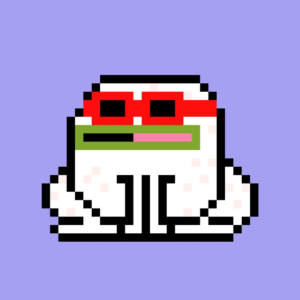
Launched in stealth mode, the CrypToadz project has amassed a huge following and a trading volume of over $167 million since its launch, making it one of the most popular cc0 projects. It features pixelated art of toads that roam the swampy basin of uniswap. The project pays homage to other cc0 NFT projects such as CryptoPunks and Nouns by incorporating some of their elements.
Riding off its popularity, CrypToadz has inspired many breakoff projects from Swamp Camp to toadz-inspired craft beer.
Other examples of cc0 projects:
-
- CryptoDickButts – 5200 randomly generated NFTs inspired by the male appendage (Twitter Link)
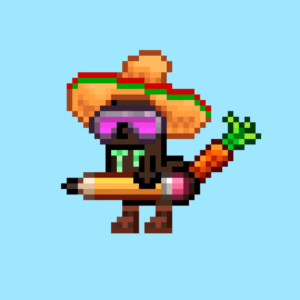
- Larva Lads – Released for free in December 2021 as a play on CryptoPunks creators – (Twitter Link)

-
- Mfers – Art generated form hand-drawings by Sartoshi – (Twitter Link)
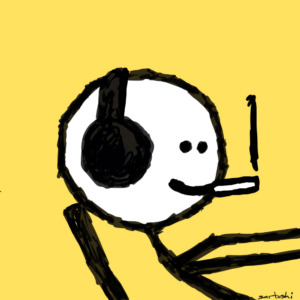
-
- Tiny Dinos – Collection of 8,088-pixelated cartoon dinosaurs created by Sartoshi (Twitter Link)
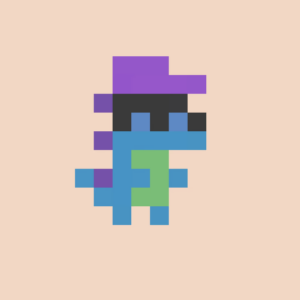
Rekt Guy- 8,814 items of art denoting a hooded skeleton drinking to cope with the market crash. (Twitter Link)
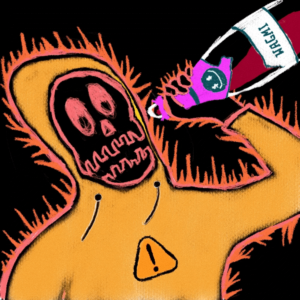
Frequently Asked Questions
Can a CC0 NFT project generate revenue?
Yes, creators can earn money from the sale of minted NFTs on marketplaces like Open Sea. Additionally, they retain a royalty fee, allowing them to earn a percentage of the proceeds from secondary sales. Buyers, on the other hand, can resell NFTs once their value appreciates. Some projects issue native tokens for governance, utility, or rewards that have some value.
What are the benefits of CC0 NFTs?
CC0 NFTs permit more people to build upon their original ideas. New derivative projects and use cases increase the popularity and value of the original project. The record of authenticity and ownership of the NFT is retained on the blockchain, allowing creators to continue earning from the sale of NFTs and holders to trade their proof of ownership in the project to other users.
What are the cons of cc0 NFTs?
CC0 NFTs may lose their scarcity, uniqueness, and monetization potential as there are no restrictions on the creation of derivatives. Some questionable adaptations of the IP can negatively harm the project’s reputation. After the NFT art enters the public domain, creators can’t reclaim their rights.
How can I create my own CC0 NFT?
As you upload the NFT art to the marketplace platform you want to sell it on, specify that the project is to be published with a CC0 license. It’s recommended that you provide a link to the Creative Commons Zero page that explains what the designation means.


